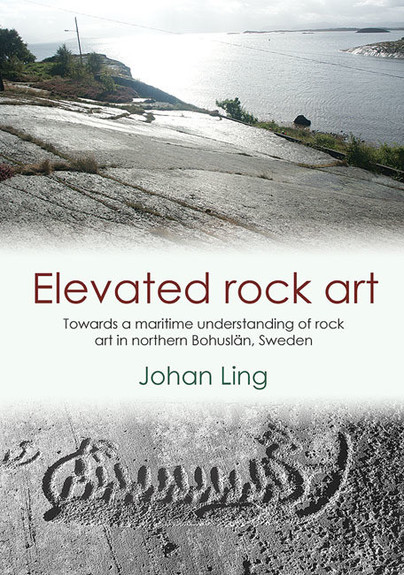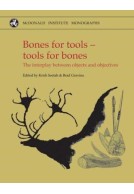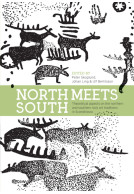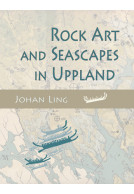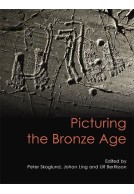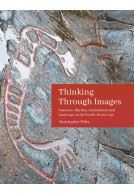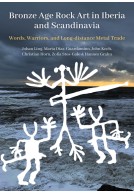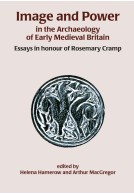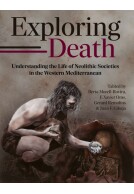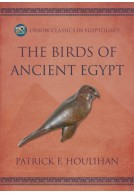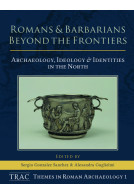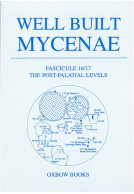Elevated Rock Art (Hardback)
Imprint: Oxbow Books
Series: Swedish Rock Art Research
Pages: 272
Illustrations: b/w and colour illustrations
ISBN: 9781782977629
Published: 11th November 2014
Script Academic & Professional
Series: Swedish Rock Art Research
Pages: 272
Illustrations: b/w and colour illustrations
ISBN: 9781782977629
Published: 11th November 2014
Script Academic & Professional
You'll be £9.95 closer to your next £10.00 credit when you purchase Elevated Rock Art. What's this?
+£4.99 UK Delivery or free UK delivery if order is over £40
(click here for international delivery rates)
Order within the next 2 hours, 16 minutes to get your order processed the next working day!
Need a currency converter? Check XE.com for live rates
(click here for international delivery rates)
Order within the next 2 hours, 16 minutes to get your order processed the next working day!
Need a currency converter? Check XE.com for live rates
How may Bohuslän rock art and landscape be perceived and understood? Since the Bronze Age, the landscape has been transformed by shore displacement but, largely due to misunderstanding and certain ideas about the character of Bronze Age society, rock art research in Tanum has drawn much of its inspiration from the present agrarian landscape. This perception of the landscape has not been a major issue. This volume, republished from the GOTAC Serie B (Gothenburg Archaeological thesis 49) aims to shed light on the process of shore displacement and its social and cognitive implications for the interpretation of rock art in the prehistoric landscape. The findings clearly show that in the Bronze Age, the majority of rock art sites in Bohuslän had a very close spatial connection to the sea.Much rock art analysis focuses on the contemplative observer. The more direct activities related to rock art are seldom fully considered. Here, the basic conditions for the production of rock art, social theory and approaches to image, communication, symbolism and social action are discussed and related to palpable social forms of the “reading” of rock art. The general location and content of the Bronze Age remains indicate a tendency towards the maritime realm, which seems to have included both socio-ritual and socio-economic matters of production and consumption and that Bronze Age groups in Bohuslän were highly active and mobile. The numerous configurations of ship images on the rocks could indicate a general transition or drift towards the maritime realm. Marking or manifesting such transitions in some way may have been important and it is tempting to perceive the rock art as traces of such transitions or positions in the landscape. All this points to a maritime understanding of Bronze Age rock art in northern Bohuslän.
Customers who bought this title also bought...
Other titles in the series...
Other titles in Oxbow Books...







